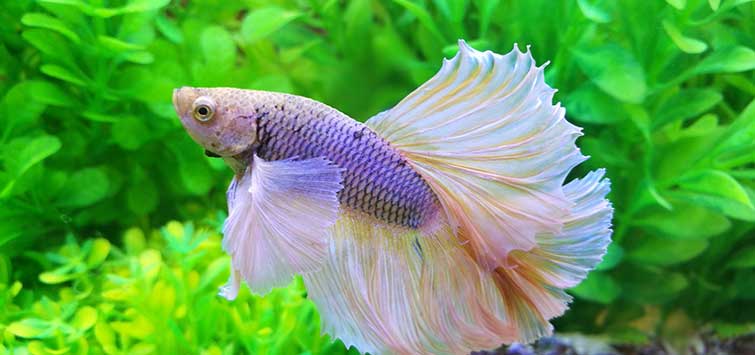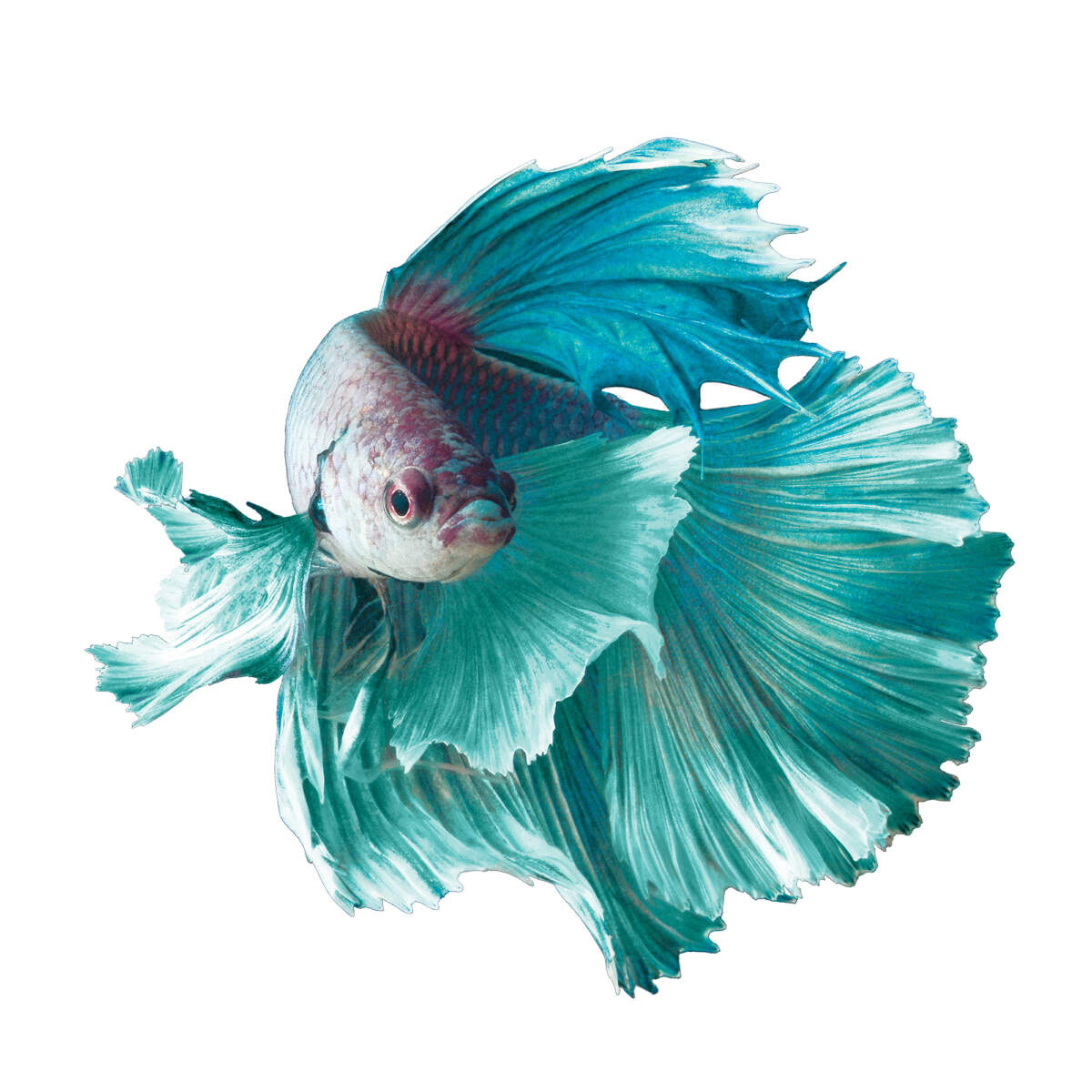All Regarding Betta Fish: Recognizing Their Distinct Demands, Behavior, and the Finest Practices for Optimal Treatment
Recognizing the distinct demands and behaviors of Betta fish is necessary for any kind of aquarist looking to give ideal treatment. betta fish. As we explore these elements even more, the ramifications for both newbie and seasoned fish keepers end up being increasingly apparent, elevating concerns regarding how best to accommodate these amazing fish in our homes.
Betta Fish Summary
Although usually admired for their lively colors and streaming fins, Betta fish, clinically referred to as Betta splendens, are complex creatures that call for certain treatment to prosper. Originating from Southeast Asia, these freshwater fish are recognized for their territorial nature and unique actions. Betta fish exhibit sexual dimorphism, with men displaying much more vibrant colors and longer fins than women.
Their aggressive propensities, particularly amongst males, necessitate mindful consideration when real estate them. Bettas are commonly maintained in single-specimen tanks to protect against territorial disputes. They can exist together in harmony with certain suitable species in larger community tanks, supplied the atmosphere satisfies their needs.

To guarantee optimum treatment, aquarists need to comprehend their unique behavioral qualities, dietary requirements, and habitat requirements. betta fish. With correct focus, Betta fish can exhibit their vivid personalities and grow in a well-kept fish tank setting
All-natural Habitat and Atmosphere
Betta fish thrive in a varied series of all-natural habitats, largely found in the shallow waters of Southeast Asia, consisting of rice paddies, swamps, and slow-moving streams. These atmospheres are characterized by warm temperature levels, commonly between 75 ° F and 82 ° F(24 ° C and 28 ° C ), and a pH degree ranging from 6.5 to 7.5, which is suitable for their health and wellness and well-being.
In their all-natural surroundings, Betta fish are accustomed to thick greenery, giving both shelter and breeding premises. The visibility of plants such as drifting water lilies and thick grasses not just uses protection from predators yet also adds to the oxygenation of the water, which is important for their respiratory requirements. Additionally, these atmospheres often have locations of still water, enabling Betta fish to exhibit their all-natural actions such as bubble nesting.
Understanding the natural environment of Betta fish is crucial for aquarium lovers. Reproducing these problems-- via water temperature, pH balance, and the addition of live plants-- can considerably boost the general health and durability of these fascinating fish, guaranteeing they grow in a home fish tank setting.
Social Habits and Communications
Recognizing the social actions and interactions of Betta fish is vital for successful aquarium administration. Betta fish, or Siamese fighting fish, are understood for their unique behavioral characteristics, identified primarily by territoriality and hostility.
Alternatively, female Bettas show much less hostile habits and can coexist in teams, called sororities, if introduced properly. It is vital to check their communications very closely, as pecking order and dominance can lead to conflicts. Comprehending the dynamics within a Betta community is crucial; developing hiding places and making certain enough area can alleviate aggressiveness.
On top of that, Betta fish might additionally show interest and social habits in the direction of other species. While they can exist side-by-side with certain non-aggressive storage tank friends, it is necessary to select compatible types to avoid tension and hostility. In general, recognizing these social interactions is key to fostering a harmonious aquarium environment for Betta fish.
Important Care Guidelines
Providing correct look after Betta fish is crucial to their health and wellness and health. To ensure a successful environment, it is necessary to keep ideal water problems. The water temperature level need to be kept in between 76 ° F and 82 ° F(24 ° C to 28 ° C), while pH levels ought to range from 6.5 to 7.5. Routine water modifications-- roughly 25% once a week-- assistance maintain water these details quality.
Betta fish need an ideal container dimension; a minimum of 5 gallons is recommended to offer sufficient room for swimming and hiding. Include decors and plants to develop a revitalizing atmosphere, yet stay clear of sharp items that could harm their fragile fins.

Finally, make certain the container is equipped with a filter to keep the water tidy, but use a gentle filter to avoid strong currents that can stress the fish. By adhering to these important treatment guidelines, owners can promote a healthy and lively Betta fish.
Common Health And Wellness Issues and Solutions
In the care of Betta fish, recognition of common wellness concerns is crucial for preserving their wellness. To treat fin rot, boost water conditions and think about using a broad-spectrum antibiotic.
An additional typical disorder is ich, a parasitic infection identified by white areas on the fish's body (betta fish). Therapy involves increasing water temperature and adding fish tank salt to the container, as this can help get rid of the bloodsucker
Swim bladder condition is additionally often observed, causing buoyancy problems. This condition may develop from overfeeding or bowel irregularity. A fasting period of 24-48 hours, adhered to by a diet plan of blanched peas, can offer relief.
Lastly, bettas might deal with velvet illness, shown by a gold dust-like appearance on their skin. Treatment usually needs drug particularly designed for outside parasites, along with improved tank hygiene.
Normal monitoring of directory water parameters, keeping a tidy environment, and supplying a well balanced diet regimen are critical safety nets. By dealing with these health and wellness issues quickly, Betta fish can lead much healthier, more dynamic lives.
Conclusion
In recap, successful betta fish treatment calls for an understanding of their unique needs and actions. Offering a suitable setting, consisting of proper container size and water problems, is crucial for their wellness. Furthermore, acknowledging their territorial nature and making certain adequate concealing areas can avoid aggressiveness. Routine surveillance of health and water top quality, along with a balanced diet regimen, adds to the long life and vibrancy of betta fish. Adhering to these guidelines will promote a thriving aquatic ecosystem for these exciting creatures.